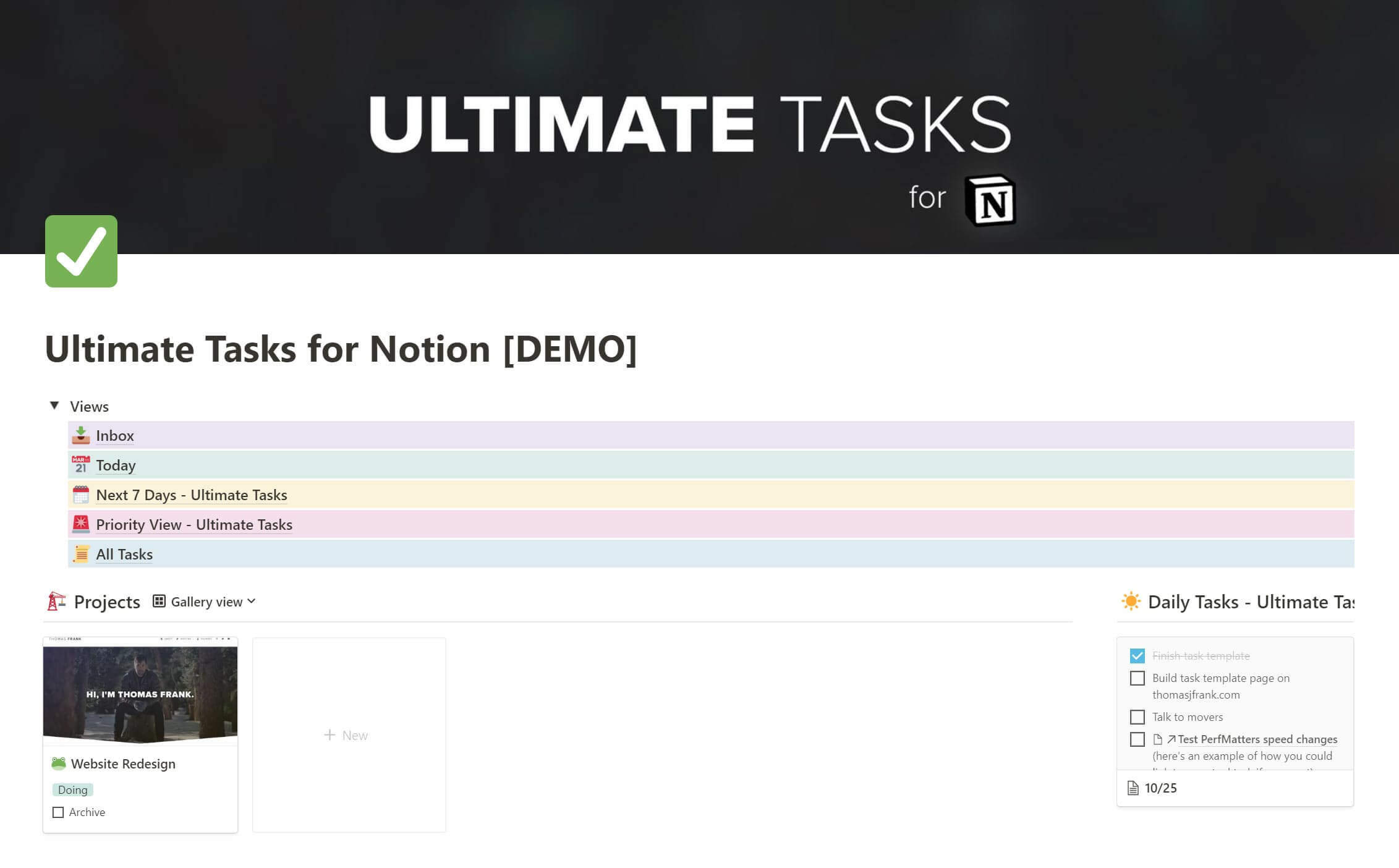

The API allows the creation of complex workflows similar to those of its competitors, thereby allowing for easy integration with other apps and increasing its flexibility. Along with Notion AI, this was one of the long-awaited features that Notion was working on. The Notion API was officially released on. Automated workflows give you access to the most up-to-date information about your projects right away. Each integration is coded from scratch using the Notion API so that all the data and services stay secure between the two applications. Zapier and Make provides a directory of official Notion integrations you can use to build an automated workflow. Integrating Notion with other tools like Zapier is easy. Using Third-Party Tools such as Make or Zapier Some of these features include automating tasks like adding content to an internal database or sync information from one system to another. Integrating Notion with another app can provide users with new features they wouldn’t have access to otherwise. What Features Do The Notion Integrations Offer?

Public integrations are openly available for anyone to use in the directory, while internal integrations are created by the user or their team for private use. Integrations with Notion come in two forms – public and internal. It integrates with thousands of apps, including popular tools like Jira, GitHub, Fibery, OAuth party services and CSV files. Notion is a productivity tool that can be used to create and collaborate over content, notes, tasks, and more. What Integrations are Available for Notion? Take it one step further by connecting Notion to apps like Asana or ToDoist through Zapier or Make – the possibilities are truly endless. With various integrations available, Notion is able to link with thousands of other applications, providing users with an unprecedented level of customisability in their workflow.

If you are looking for a way to increase your team’s productivity and make the most of Notion, integrations could be the perfect solution.


 0 kommentar(er)
0 kommentar(er)
